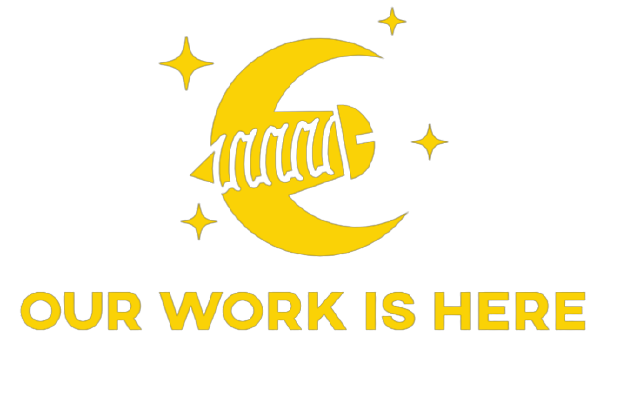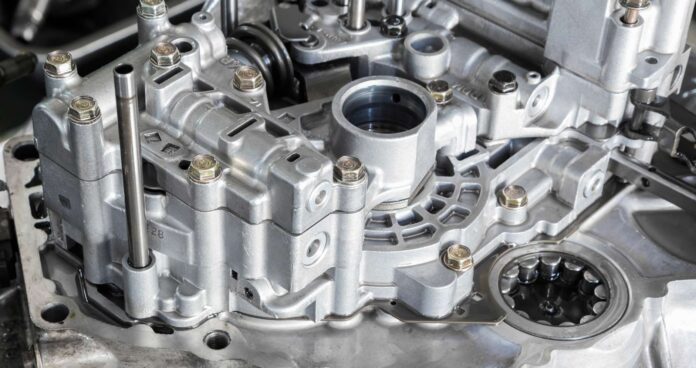Die casting is a procedure of manufacturing that injects molten metal under high pressure into a die or mold. This process is characterized by its ability to produce complex shapes with close tolerances and minimal machining. The die casting process has been around for centuries and was first used in China in the 2nd century BC. However, it wasn’t widely used until the late 1800s as the method started gaining popularity in Europe and America. It was used for various products, including engine components, transmission cases, cookware, etc. Read this article till the end to learn more about die casting and other related information.
The Basic Process of Die Casting
The die casting process can be divided into two main steps:
- Die Preparation
- Die Casting
Die Preparation
In die preparation, the mold is created from either metal or ceramic. The die is created in the negative form of the desired part. It must be sufficiently strong enough to withstand the high injection pressures and temperatures.
Die Casting
In the die casting procedure, molten metal is injected into the die under high pressure. The die filling process is completed in a few seconds. After the die is filled, the metal solidifies, and the die opens. The part is then emitted out from the die.
Three Main Types of Die Casting Processes
- Hot Chamber Die Casting
- Cold Chamber Die Casting
- Gravity Die Casting
The die casting process can be performed using various machines but the most common is the hot chamber. It is used for metals with low melting points, such as zinc, aluminum, copper, magnesium, and lead.
Why Do We Use Die Casting?
The prime reason the process of die casting is used extensively is that this process is relatively cheap as well as fast. Another plus point is that it can produce several thousand casting by using a single mold only, which is extremely convenient. Another good thing about this process is that the mass casting products have the same quality. None of the castings is of low quality, contributing to its positive qualities. Furthermore, the low unit cost is considered the icing on the cake.
Advantages of Die Casting
- Strong and durable
- Uphold close tolerances
- Heat resistant products
- Dimensionally stable products
- Same dimensions of moldings
Disadvantages of Die Casting
- Not a suitable process for alloys and metals with a high melting point
- Not applicable to large cast parts
- Expensive die cost
- Lead time is very long
- Some gases in the form of porosity can be trapped.
To conclude
Die casting is a process used to create metal parts for products. It involves injecting molten metal into a mold cavity and then cooling the metal to solidify it. The result is a part with very fine details that can be difficult or impossible to produce with other traditional methods. Die casting is often used for small, intricate parts that need to be strong and sturdy. It offers many benefits over other manufacturing processes, including speed, accuracy, and affordability. It is often considered the best option.










